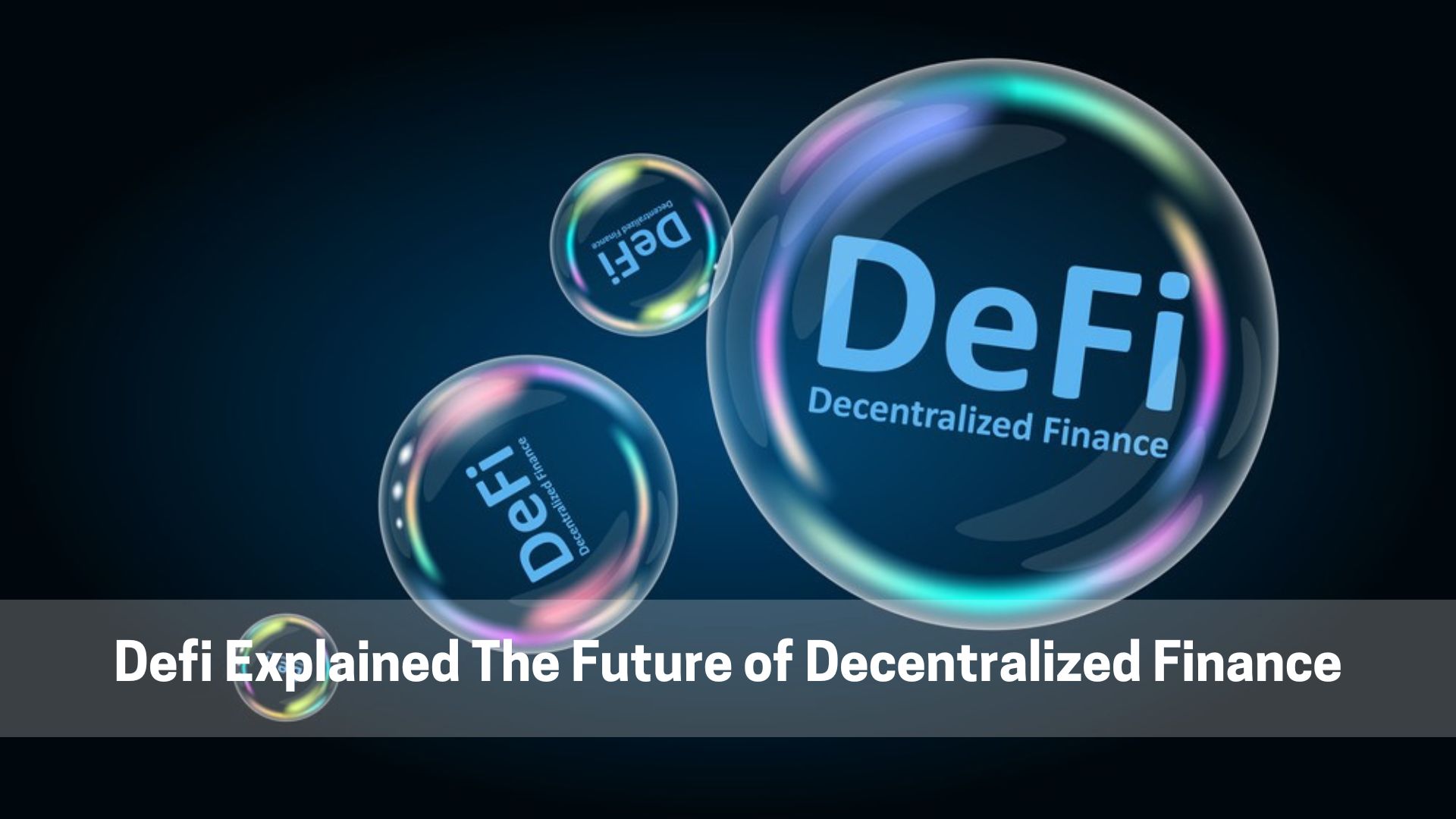Decentralized Finance (DeFi) is revolutionizing the traditional financial system by offering open, permissionless, and transparent financial services powered by blockchain technology. Unlike conventional banking, DeFi eliminates intermediaries, giving users greater control over their assets. Here’s what you need to know about DeFi and its future.
1. What is DeFi?
DeFi is a decentralized financial ecosystem operating on blockchain networks, primarily Ethereum. It offers financial services such as lending, borrowing, trading, and yield farming through smart contracts, eliminating the need for banks or centralized institutions.
2. Key Features of DeFi
- Decentralization: No central authority controls DeFi applications.
- Transparency: All transactions are recorded on the blockchain and accessible to the public.
- Smart Contracts: Automated agreements execute transactions securely and efficiently.
- Permissionless Access: Anyone with an internet connection can use DeFi services without restrictions.
- Interoperability: DeFi protocols can integrate, creating a vast financial ecosystem.
3. How Does DeFi Work?
DeFi platforms utilize decentralized applications (dApps) and smart contracts to provide financial services. Some popular DeFi applications include:
- Decentralized Exchanges (DEXs): Uniswap and SushiSwap allow peer-to-peer trading without intermediaries.
- Lending & Borrowing Protocols: Platforms like Aave and Compound enable users to lend crypto, earn interest, or borrow assets using collateral.
- Yield Farming & Staking: Users can earn rewards by staking or providing liquidity to DeFi protocols.
- Stablecoins: Cryptocurrencies like DAI and USDC provide price stability within the DeFi ecosystem.
4. The Benefits of DeFi
- Financial Inclusion: Provides banking services to the unbanked population.
- Lower Costs: Eliminates intermediaries, reducing transaction fees.
- Faster Transactions: Smart contracts automate processes, making transactions quicker.
- More excellent Earning Opportunities: Users can earn passive income through staking, lending, and yield farming.
5. Challenges and Risks
- Security Risks: Hackers can exploit smart contract vulnerabilities.
- Regulatory Uncertainty: Governments are still figuring out how to regulate DeFi.
- Scalability Issues: Network congestion and high gas fees on Ethereum can impact usability.
- Market Volatility: The value of DeFi assets can fluctuate significantly.
6. The Future of DeFi
DeFi continues to evolve, with advancements such as Layer 2 scaling solutions, cross-chain interoperability, and regulatory clarity expected to drive adoption. As more people and institutions embrace decentralized finance, it has the potential to reshape the global financial landscape.
Conclusion
DeFi is transforming traditional finance by making it more accessible, efficient, and transparent. While challenges remain, its potential to democratize finance and empower individuals worldwide makes it one of the most exciting innovations in the blockchain space.

